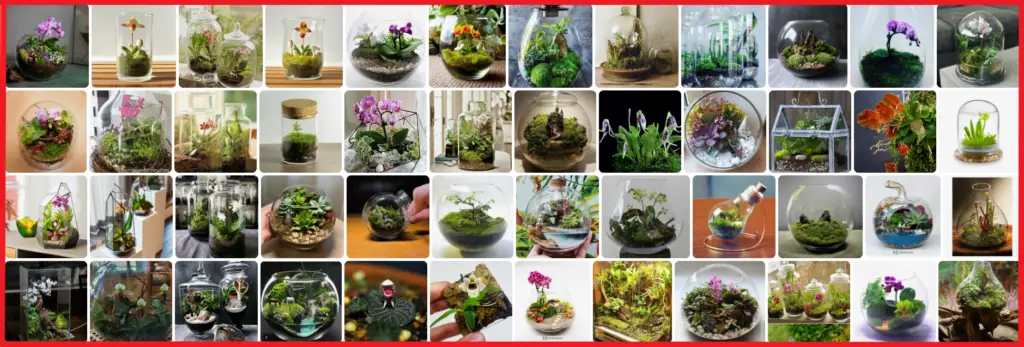

| Feature |
Answer |
| Fertilize snake plant |
Yes, once or twice a year |
| Snake plant care |
Bright, indirect light and well-draining soil |
| Snake plant fertilizer |
Water-soluble fertilizer or slow-release fertilizer |
| Snake plant growth |
Slow growth rate |
| Snake plant tips |
Prune dead leaves, repot as needed |

Benefits of Fertilizing Snake Plants
Fertilizing snake plants can provide a number of benefits, including:
- Encouraging healthy growth
- Promoting new leaf growth
- Strengthening the plant’s stems
- Improving the plant’s resistance to pests and diseases
However, it is important to note that snake plants do not need to be fertilized often. A light fertilizer application once or twice a year is usually sufficient. Fertilizing too often can actually damage the plant, so it is important to follow the directions on the fertilizer label carefully.
When to Fertilize Snake Plants
Snake plants do not need to be fertilized often, but they can benefit from a light fertilizer application once or twice a year.
The best time to fertilize a snake plant is in the spring, when the plant is actively growing..
You can also fertilize snake plants in the summer, but it is important to avoid fertilizing them during the winter months, when they are dormant.

Loading... Seconds Left for
Miniature Orchid Terrarium Gallery!

How to Fertilize Snake Plants
To fertilize a snake plant, you will need:
- A well-draining potting mix
- A slow-release fertilizer
- A watering can
Here are the steps on how to fertilize a snake plant:
- Water the snake plant thoroughly before fertilizing.
- Mix the fertilizer according to the package directions.
- Pour the fertilizer solution around the base of the snake plant.
- Water the snake plant again to rinse off any fertilizer residue.
You should fertilize your snake plant once or twice a year in the spring or summer.
Be careful not to over-fertilize your snake plant, as this can damage the roots.
ear:both; margin-top:0em; margin-bottom:1em;">
See also
Snake Plant Brown Tips What's Causing Them and How to Fix It
The Best Fertilizer for Snake Plants
The best fertilizer for snake plants is a balanced fertilizer that contains equal parts nitrogen, phosphorus, and potassium (NPK). A good option is a fertilizer that is specifically formulated for succulents or cacti. You can also use a general-purpose fertilizer, but be sure to dilute it to half strength.
Snake plants do not need to be fertilized often. A light fertilizer application once or twice a year is usually sufficient. Fertilize your snake plant in the spring or summer, when it is actively growing.
When fertilizing your snake plant, be sure to follow the directions on the fertilizer label. Do not over-fertilize your plant, as this can damage the roots and leaves.
If you are
not sure whether or not your snake plant needs fertilizer, you can check the leaves. If the leaves are a healthy green color and are not showing any signs of nutrient deficiency, then your plant is probably doing fine without fertilizer.
Benefits of Fertilizing Snake Plants
Fertilizing snake plants can provide a number of benefits, including:
- Encouraging new growth
- Strengthening the plant’s roots
- Improving the plant’s overall health
- Producing more flowers
Howev
er, it is important to note that snake plants do not need to be fertilized often. A light fertilizer application once or twice a year is usually sufficient.
How Often to Fertilize Snake Plants
Snake plants do not need to be fertilized often, but they can benefit from a light fertilizer application once or twice a year. The best time to fertilize your snake plant is in the spring, when it is actively growing. You can use a balanced fertilizer, such as 10-10-10, or a fertilizer specifically formulated for succulents. Follow the directions on the fertilizer label for how much to use and how often to apply it.
If you are not sure whether or not your snake plant needs fertilizer, you can check the leaves. If the leaves are a healthy green color and are not showing any signs of nutrient deficiency, then your plant is probably getting enough nutrients from the soil. If the leaves are starting to turn yellow or brown, or if they are stunted in growth, then your plant may need fertilizer.
Over-fertil
izing snake plants can be harmful, so it is important to use the correct amount of fertilizer and to apply it only when your plant needs it.If you are unsure about whether or not your plant needs fertilizer, it is best to err on the side of caution and skip a feeding..
Side Effects of Over-Fertilizing Snake Plants
Over-fertilizing a snake plant can cause a number of problems, including:
- Leaf burn
- Root rotli>
- Yellowing leaves
- stunted growth
If yo
u think you have over-fertilized your snake plant, it is important to flush the soil with water to remove any excess fertilizer. You should also stop fertilizing the plant for a few months.
If the damage is severe, you may need to repot the plant in fresh soil.
How to Repot a Snake Plant After Fertilizing
After ferti
lizing your snake plant, it is important to repot it into a larger pot. This will give the plant more room to grow and will help to ensure that the fertilizer is distributed evenly throughout the soil.
To repot your snake plant, you will need a new pot that is about 2 inches larger than the current pot. You will also need some fresh potting soil.
First, remove the snake plant from its current pot. Gently loosen the roots from the soil and then place the plant in the new pot. Fill in the pot with fresh potting soil until the plant is level with the top of the pot.
ear:both; margin-top:0em; margin-bottom:1em;">See also
Top 10 Bedding Plants That Attract Bees to Your Garden




